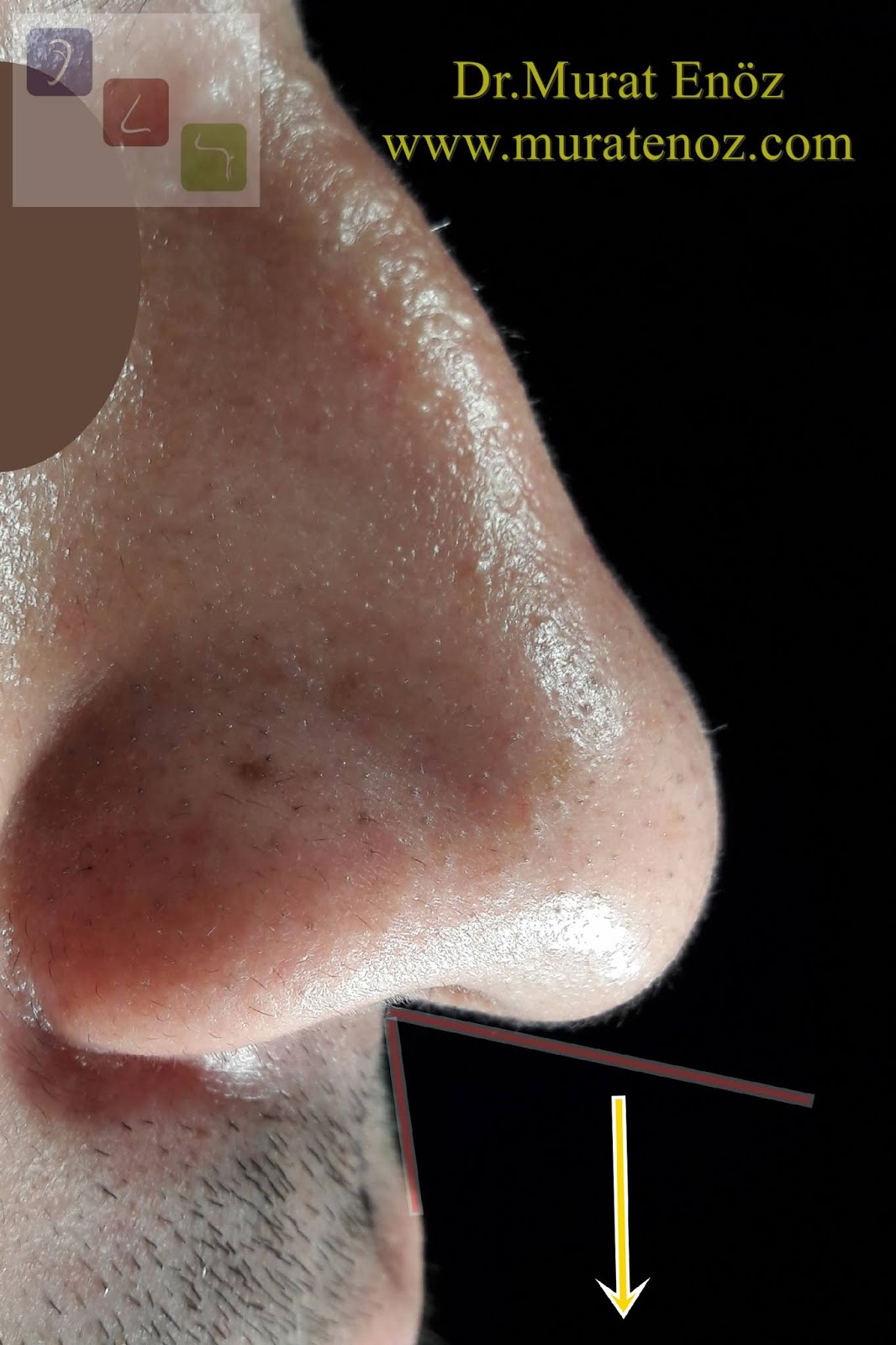
Of course, there are other issues that can arise that don’t fit neatly into one of the above categories. Naturally, there are two sides to every nasal tip, and asymmetry can occur during or after surgery, which can make the nose appear somewhat lopsided. This is caused by over-shortening and rotating of the nose, which pulls the nostrils up and creates a snout-like appearance. Many patients with an over-rotated nasal tip complain of a “pig nose”. It may be caused by too much leftover cartilage in the area or not enough support for the nasal tip itself. This over-projection of the supratip then creates a beaked appearance with the drooping of the nasal tip. A sloping bridge can make the problem seem worse.Īnother descriptive term for a common deformity, the polly beak describes a nose that suffers from a too-high “supratip”, the area of transition between the nasal bridge and the nasal tip. This is common in cases where the nasal bridge has been reduced too much (often in response to a dorsal hump), while the tip has not been adjusted, causing the tip to appear over-projected. More formally known as an over-projected tip, the Pinocchio deformity occurs when the tissues of the nasal tip are overly high and projected in relation to the nasal bridge. Modern, “open” techniques that use an external incision have made this problem less common, but the deformity does still come up from time to time. This is a result of too much tissue being removed from the nasal tip. Often caused by older techniques, the pinched tip is exactly what it sounds like: the tip of the nose is pinched together from the distortion of the nasal tissues. The good news? The majority of them can be fixed by an experienced revision surgeon. Here are some of the nasal tip problems patients might want to fix after primary rhinoplasty. Getting a beautiful nasal tip from rhinoplasty is absolutely possible with the right surgeon, but it’s also always possible that complications can occur, however rarely.

Unfortunately, the nasal tip is an area where many rhinoplasty patients see problems after their surgery and is a common reason for seeking revision rhinoplasty.

Asymmetry is easily noticed in the nasal tip, and the amount of projection is very important. There are a few reasons for this, including the fact that the tip of the nose is made up of cartilage and skin, with no bones to support it.

One of the most difficult parts of the nose to re-shape is the nasal tip.


 0 kommentar(er)
0 kommentar(er)
